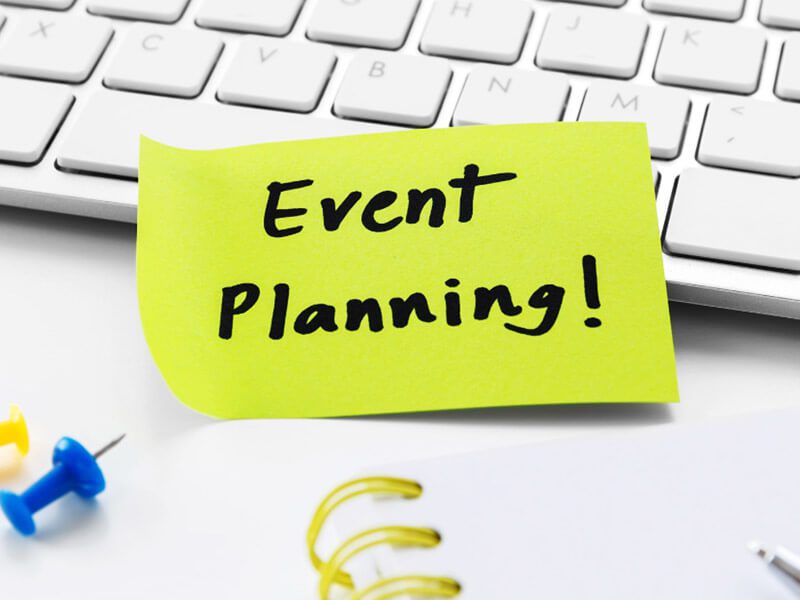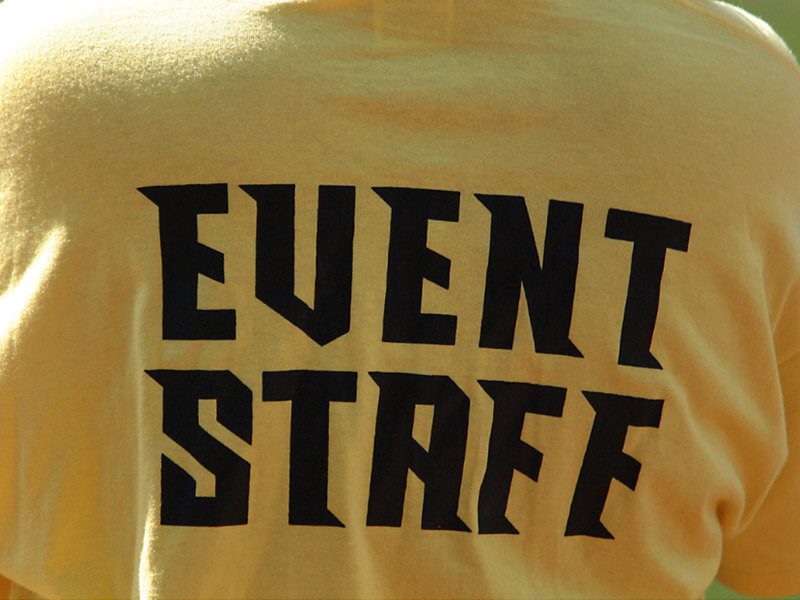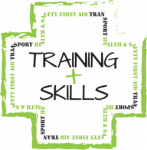
When it comes to organising events safety for the staff and the attendees must be at the top of the agenda. Whether it’s 20 people attending a magic show in a village hall or thousands at a music festival the key priority doesn’t change.
As an event organiser, you can look to the Health and Safety (First Aid) regulations 1981 to find out what your legal obligations are. The bulk of this legislation is concerned with protecting the well-being and continued good health of employees. However, there is specific reference to extending this to take account of visitors to the workplace. You might not think of it that way initially but that is exactly what the attendees of your event are.
It’s not unusual for events to be run and staffed by volunteers and they should be treated exactly the same as employees when it comes to health and safety. You, as the event organiser, are responsible for making sure that anyone working on the event is safe and that they receive prompt medical attention as needed. Likewise, you need to ensure the same is available for members of the public.
First aid is certainly part of this provision. Remember this isn’t just about the time period when the actual event is taking place; it also applies to the set-up and clear-up.
How many first aiders do you need at an event?
This is where putting together an event risk assessment is so important. It’s why you should seek professional assistance to do this if you have any uncertainties. Getting the correct First Aid when they need it could make a difference to the entire course of someone’s life. HSE, the Health and Safety Executive, does not dictate the specific provision of First Aid. It recognises how the nature of a workplace or event, and the associated risks, can vary enormously. It does have a first aid needs assessment on its website. This can be a starting point at the very early stages of planning when you are deciding if an event is viable.
Remember the assessment is just that. It’s not a plan and you’ll still need to come up with that to take into account what will be done in the case of minor injuries or a major incident.
Even if none of the activities are particularly risky in themselves, when you bring large groups of people together this can result in a surprising number of small injuries and incidents where they might need First Aid support.

What needs to be in a First Aid Kit?
Consulting a health and safety expert can help you decide things like the type of supplies you might need. For example, blankets are often a useful resource at an outdoor event but not something you’d necessarily think about. They can also advise the best locations for first aid support, on how first aiders will be identified and how to communicate with them during the event, partially if the site is large.
And what about your first aiders themselves? They should be people who can keep calm and are able to deal with many different types of people. Additionally, they should be properly trained and have an up to date first aid qualification.

